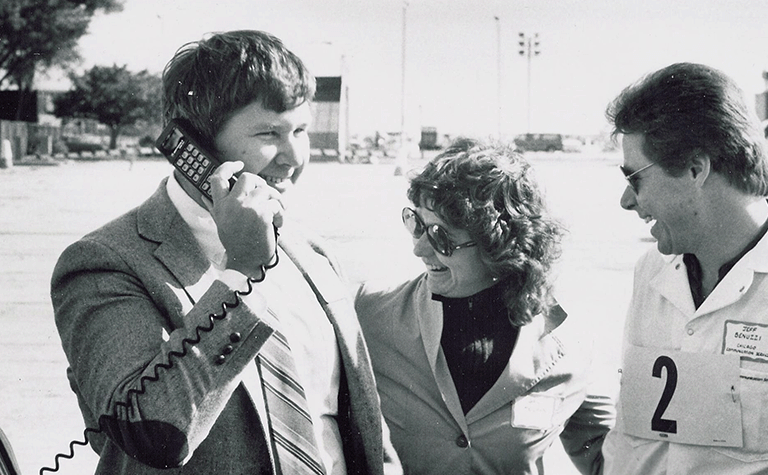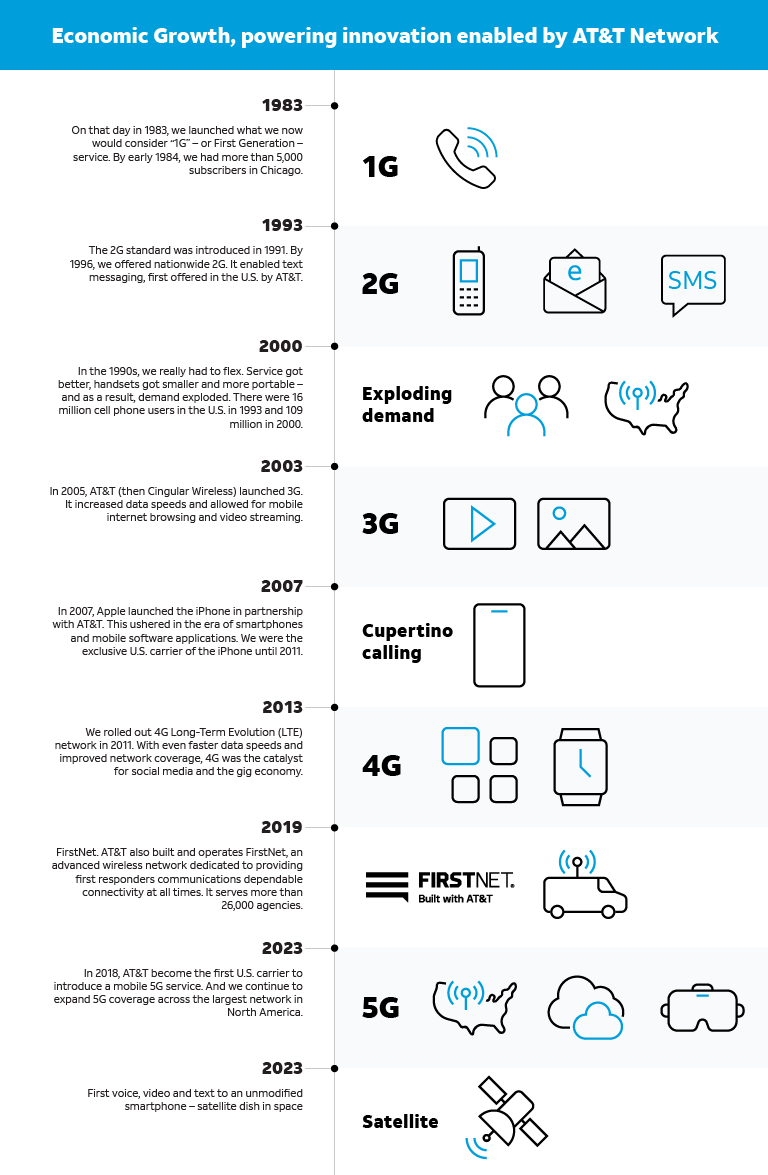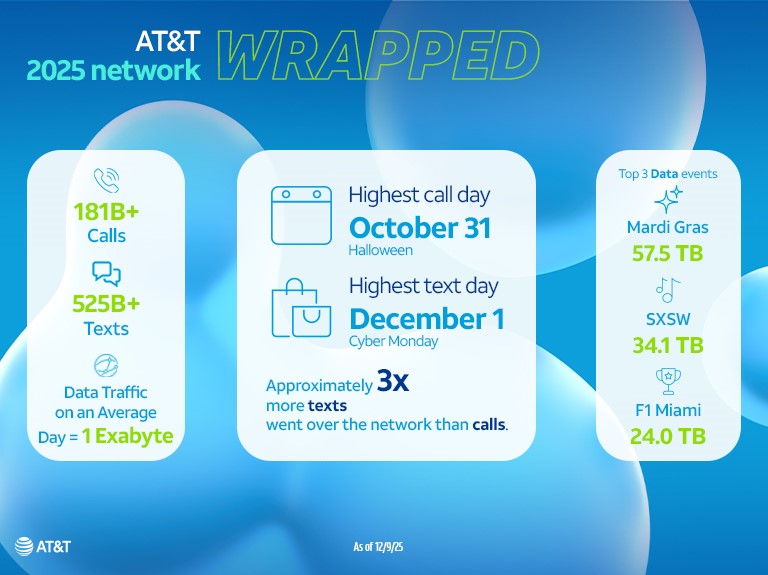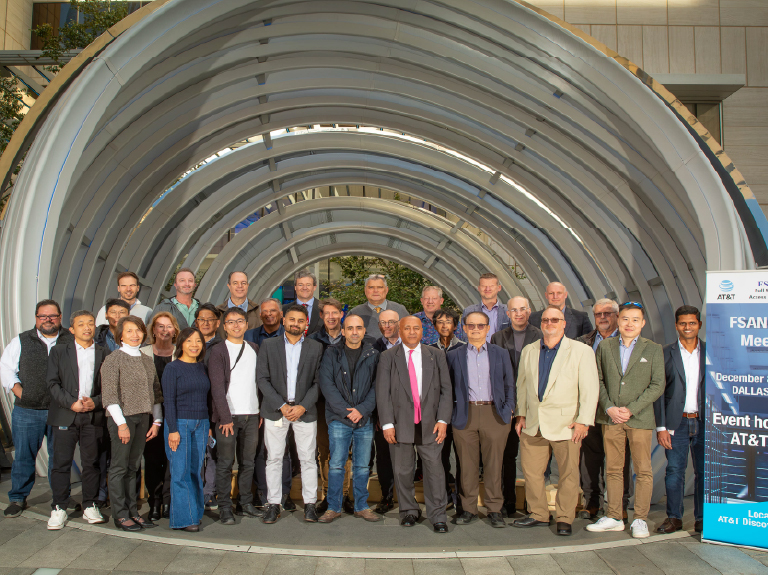For billions of people around the world, the future started on Oct. 13, 1983
On Oct. 13, 1983, AT&T launched the first commercial cellular telephone service in Chicago. At the time, few realized how profoundly this technology would change – and benefit – our lives. As it turned out, cellular wasn’t just an incremental improvement. It was a new category that transformed communications.
The world in 1983. Remember payphones?
Reminder to anyone younger than I am: In 1983, phones were strictly for talking to people. And nobody thought of them as “something you take with you.” They were fixed in place, stationary – like appliances rather than devices. You made calls only from home or work or payphones. Even the first cell phones weren’t portable – but hard-wired into cars.
Nowadays, we don’t think twice about pulling out a phone to listen to podcasts at the gym, buy shoes in the backyard or send texts from anywhere. But 40 years ago, these behaviors were the stuff of science fiction.

AT&T’s first cell service customer, David Meilahn, makes the first call on a commercial cell network.
Slow progress at first
Getting to that October launch in Chicago wasn’t easy. Way back in 1947, AT&T researcher Douglas Ring drafted the first concept for a cellular network – with calls automatically handed off from one “cell” to the next as callers moved from Point A to Point B.
It was a visionary idea. But the microprocessors and electronic switching needed to make it a reality wouldn’t come along for a few more decades.
Rapid innovation ever since
Compared to that slow start, what’s happened since in wireless is like a roller coaster ride of fast, continuous innovation. Here’s why: Since 1983, AT&T has invested untold brainpower plus hundreds of billions of dollars to upgrade the network time and again.
Each time our network becomes more capable, major economic and technological benefits follow. You might think of that pioneering call in Chicago as the first page in an ongoing success story of network innovation fueling growth, productivity, new applications and the digital economy itself.
Each network “generation” is a force multiplier, enabling new technologies and helping to fuel economic prosperity.
What’s next
The job of innovation is never done. We’re already embedding pre-emptive security in our network and working with AST Space Mobile on 5G to unmodified smartphones via satellite.
According to many analysts, the next decade is all about converged connectivity, which will be key to enabling mainstream AI and other breakthroughs.
The idea is that everything from appliances to wearables to cars aren’t just connected. They’re also fast becoming converged into a single wireless-broadband ecosystem tuned to your preferences wherever you are.
Take, for example, a car connected to the mobile network. It can know when you’re 10 minutes from home. At that point, it could send a signal to your smart home system to turn on the lights and A/C. Your role: Just concentrate on driving.
And beyond that? Things become a bit hazier. Much is in the hands of creative developers to whom we’ve given open access to our network Application Programming Interfaces. That’s a fancy way of saying they can build brilliant new applications directly into our network for consumers and businesses.
What’s not hazy is our role. No doubt, the AT&T wireless network will always be at the center of innovation – as it has been since that fall day in Chicago 40 years ago.
Read more Technology & Innovation news




